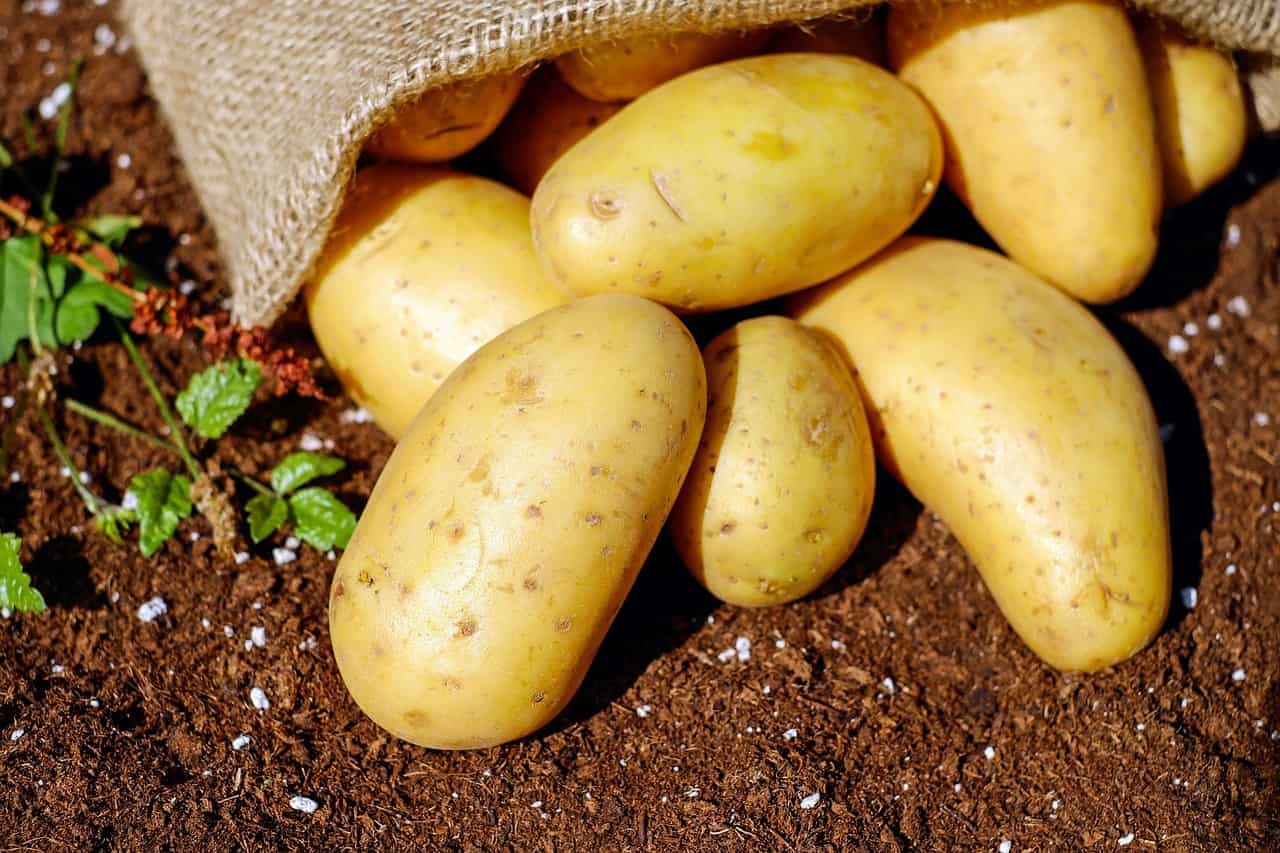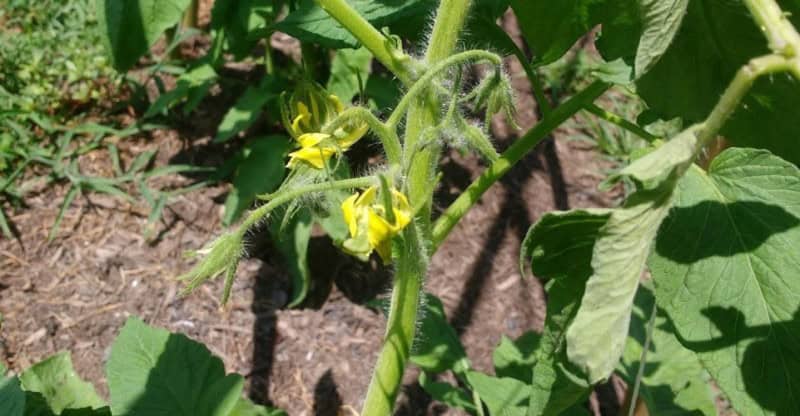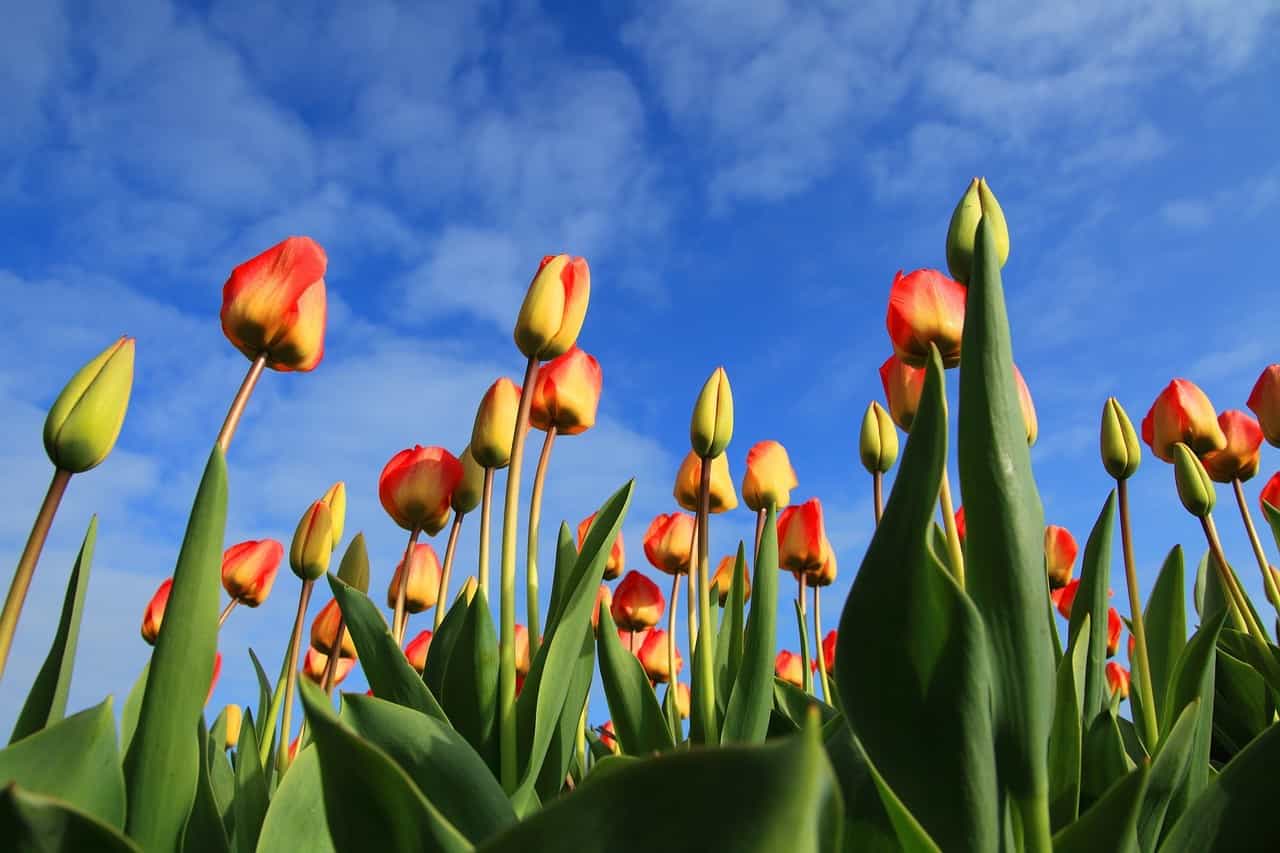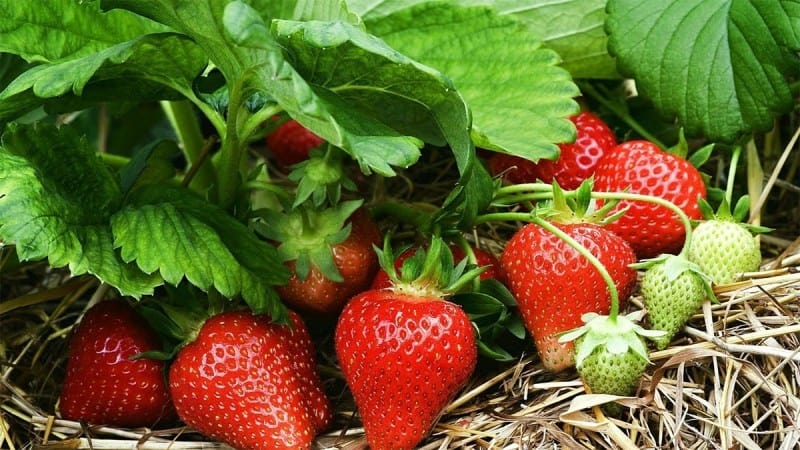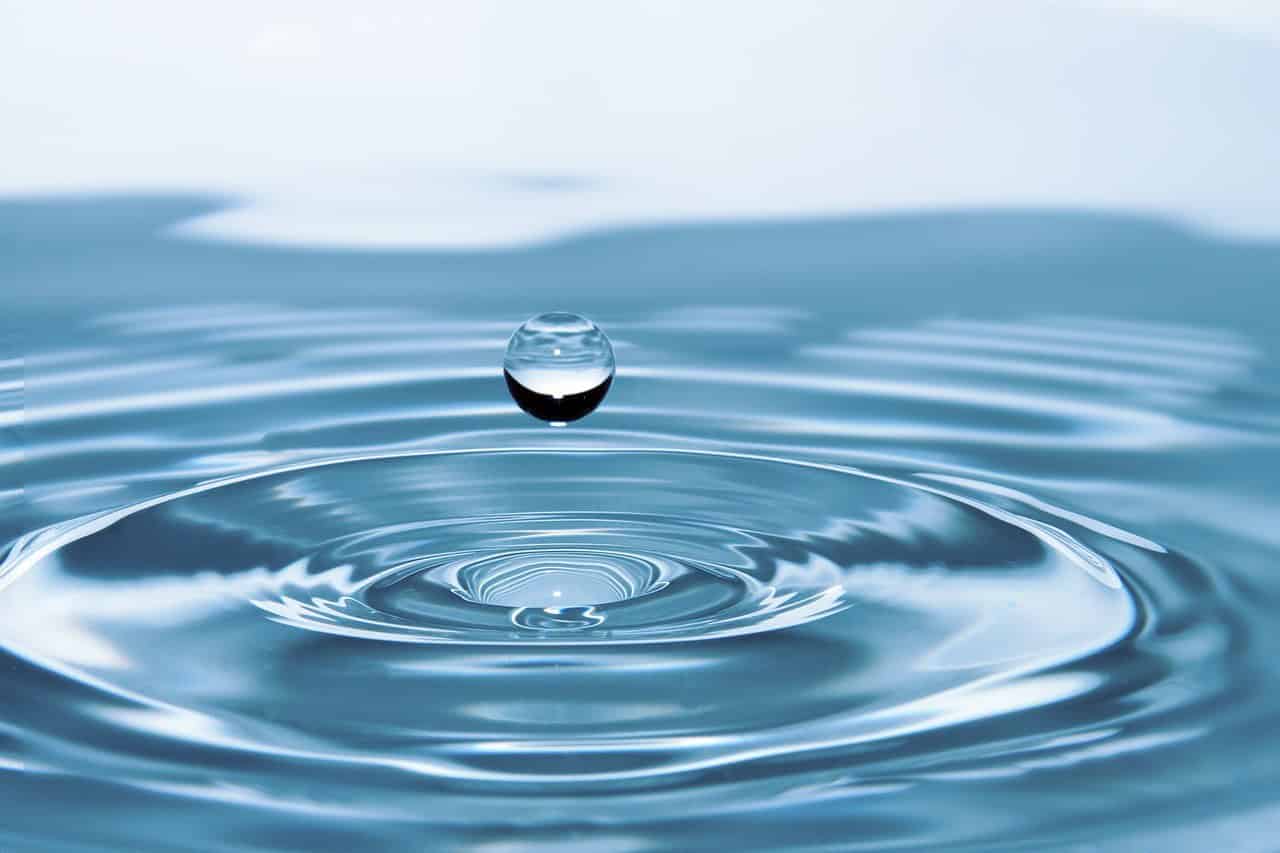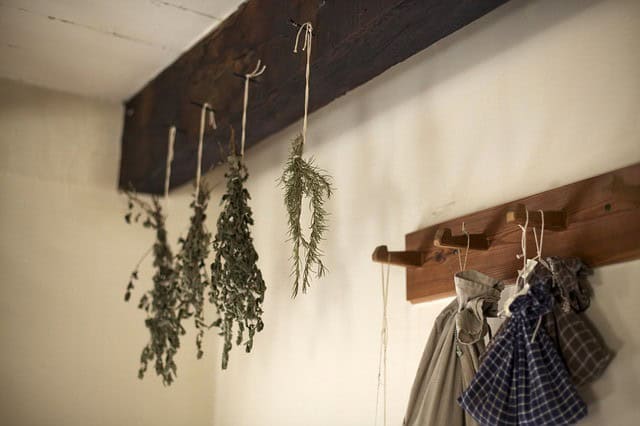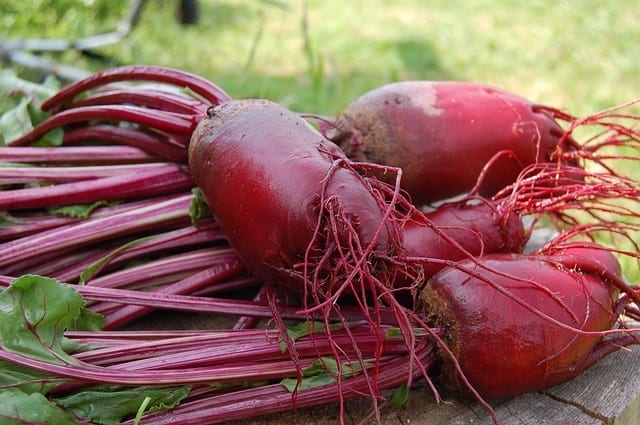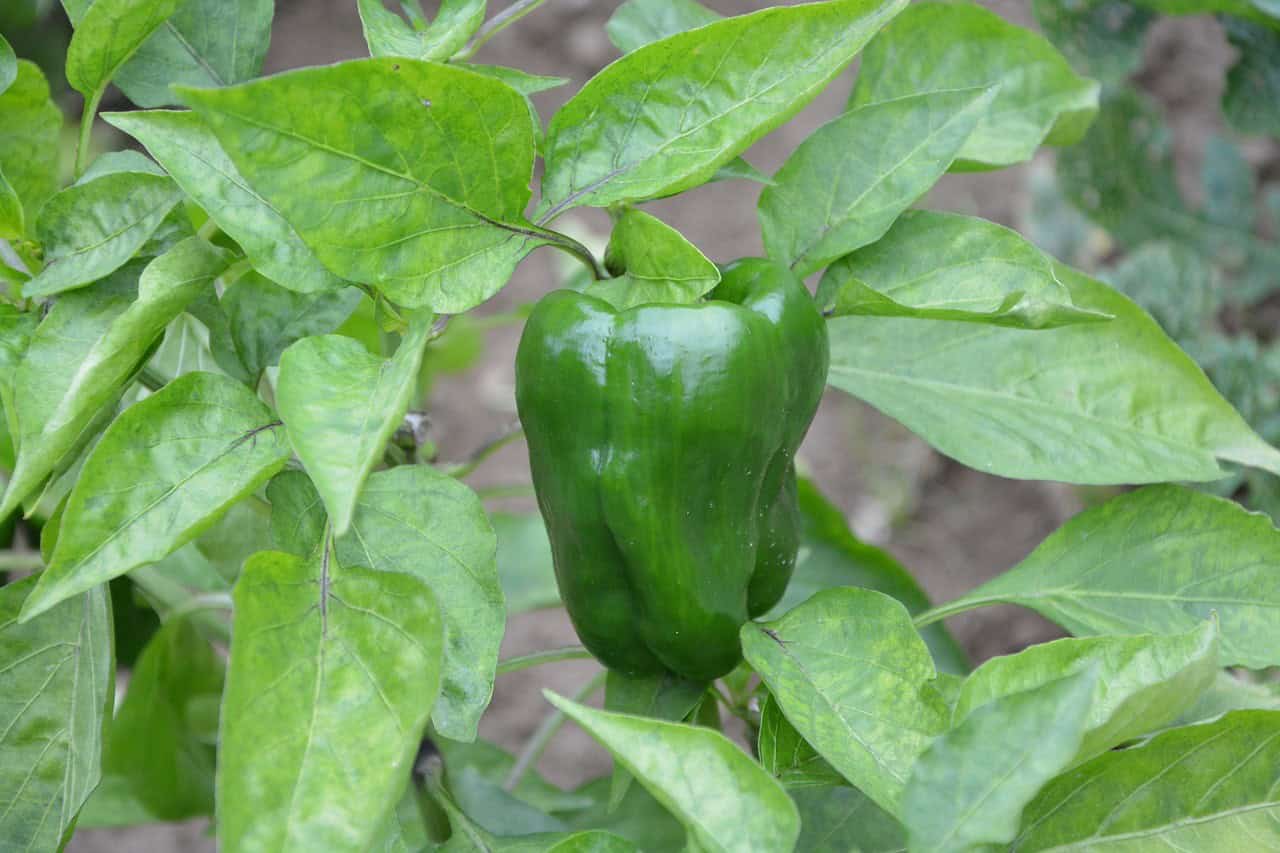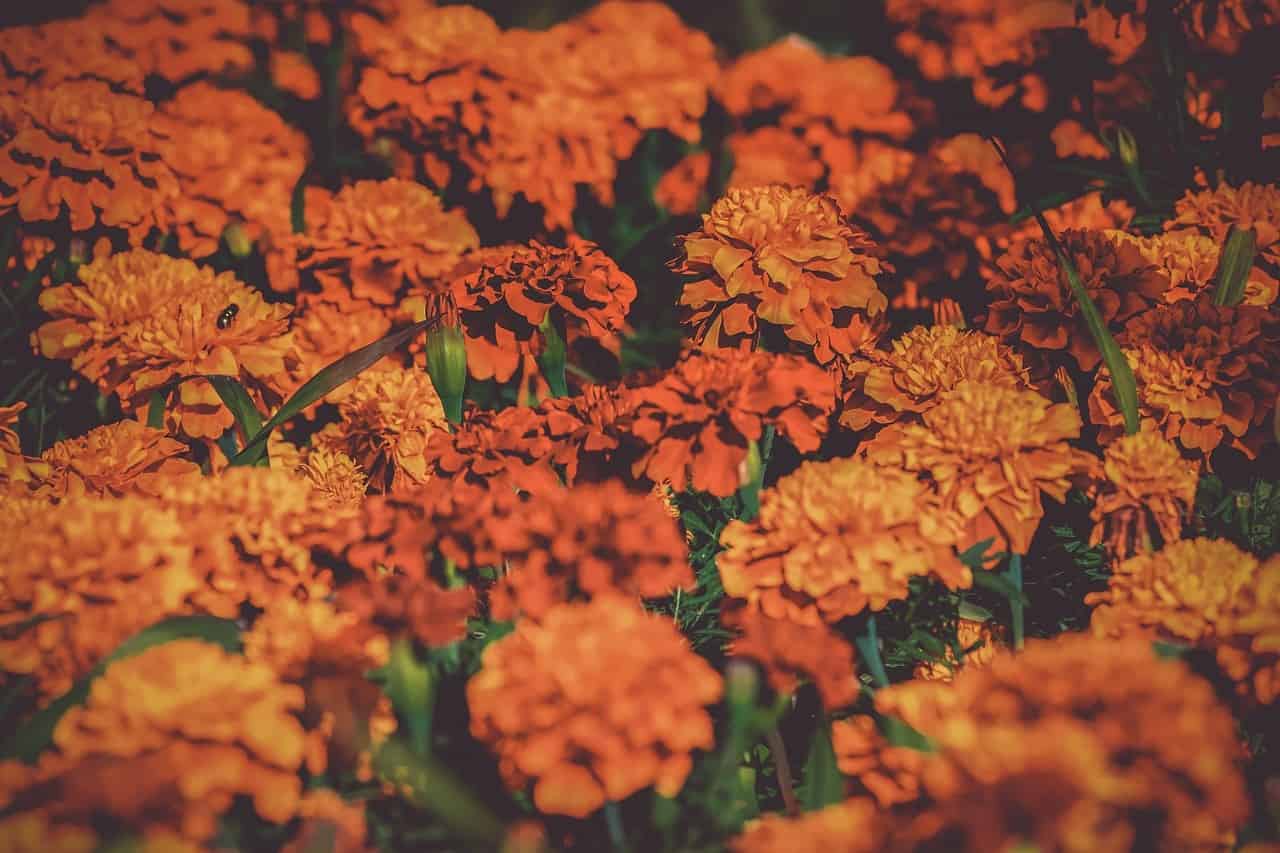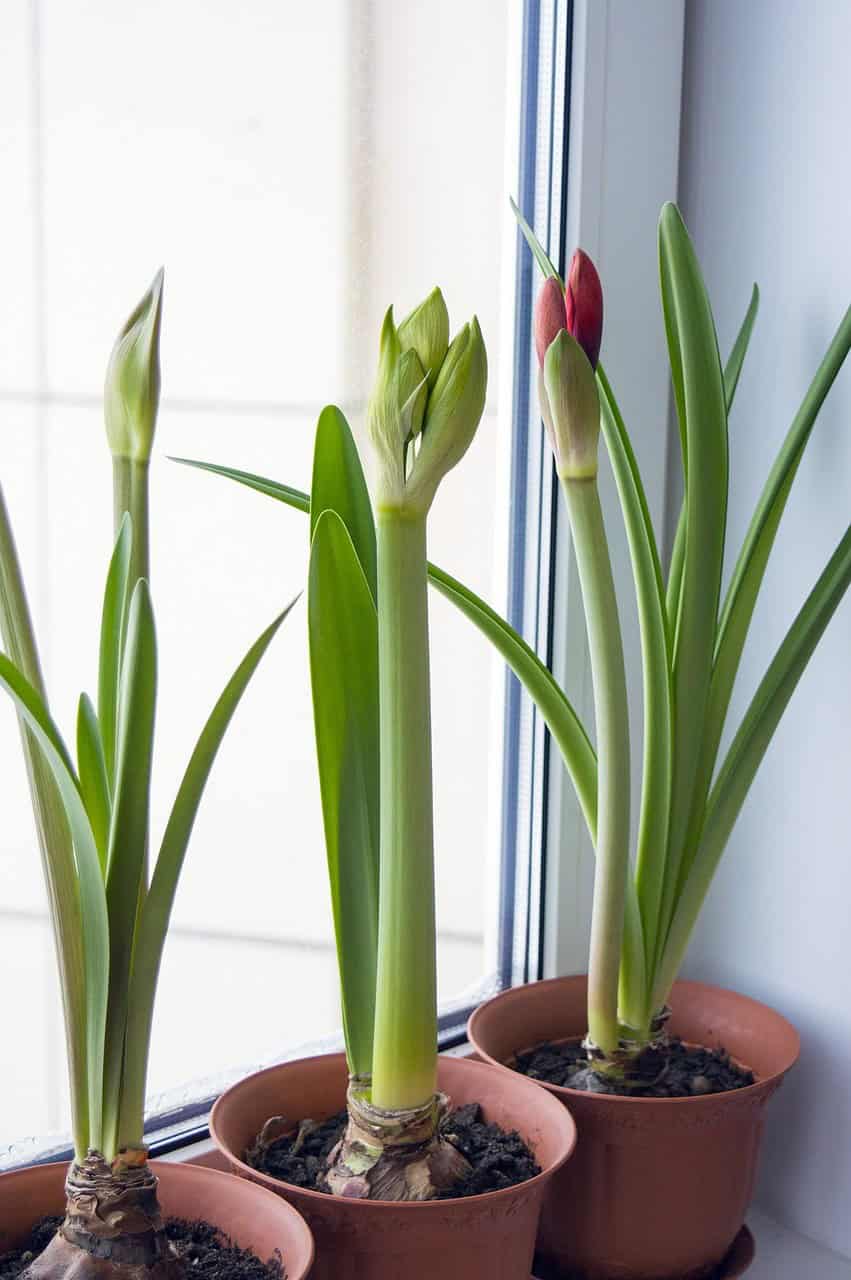As the end of summer approaches, August can be a frantic time for gardeners. To help you stay on track, we’ve put together a comprehensive guide outlining the essential tasks you should focus on this month, taking into account your planting zone and region. We’ll also provide some universal tips applicable to most gardens. In short, here’s what you need to know about gardening in August:
August Gardening To Do List by Planting Zone
Before we dive into the world of gardening, it’s essential to determine which planting zone you fall under. To simplify this process, take advantage of our complimentary resource designed specifically for this purpose.
Zone 3
As your garden reaches its peak in August, it’s essential to prioritize preserving and harvesting what you’ve grown so far. Start by saving seeds from your top-performing plants, allowing them to go to seed on the soil rather than uprooting them. For fruit-producing plants like peppers or tomatoes, carefully remove the seeds from the fruit and dry them for future use. As you harvest what’s ripe, focus on squash production, which should be in full swing by this time.
Wait until your squash reaches 4-8 inches in length before cutting it off the vine to encourage further growth. Meanwhile, take proactive steps to protect your squash plants from aphids by morning spraying them with a solution. This will help alleviate some of the threat they pose. For tomato plants, remove flowers about two weeks into August to redirect their energy towards ripening existing fruit rather than producing more.
As perennials begin winding down for the winter, start gradually reducing watering to harden them off against the cold months ahead. In preparation for frost, have a plan in place and materials ready (such as sheets, plastic, towels, or cold frames) to cover plants should an unexpected frost roll in. This will give you peace of mind knowing your garden is prepared for any eventuality.
If you’ve been growing houseplants outdoors during the summer, August marks the ideal time to bring them back indoors. Acclimate them to their winter setting before the frost sets in. Finally, consider bringing plants that don’t thrive outside over the winter indoors where they can be protected from the elements. You’ll have peace of mind knowing your garden is secure for the colder months ahead.
Zone 4
As the growing season winds down, it’s essential to stay on top of various garden tasks in August. For zone 4 residents, this is an ideal time to plant fast-growing crops like lettuce, as they’ll produce abundantly before the cold weather sets in. When planning for spring blooms, now is the perfect moment to acquire and plant bulbs that will thrive in the warmer months.
Meanwhile, strawberry beds may become overcrowded due to rapid reproduction – take this opportunity to thin them out by removing or transplanting excess plants. Additionally, start saving seeds from tomato and pepper plants to preserve their desirable traits and reduce future expenses. For a spring harvest of spinach, it’s crucial to plant it in a cold frame or greenhouse to protect the seeds over winter.
Finally, as summer crops begin to decline, remove dead plants and replace them with cover crops that will shield your soil from harsh winter conditions.
Zone 5
It’s time to get your strawberry plants back on track! If they’ve stopped producing or are looking unruly, it’s time to take action. Start by pruning any unproductive canes to promote healthy growth and a better appearance. This will also encourage the plants to focus their energy on producing more fruit. In addition to pruning, give your strawberry beds some TLC by removing any weeds that have taken up residence.
Once you’ve cleared out the unwanted vegetation, add a thick layer of mulch to insulate the plants and protect the soil. As you’re tidying up your strawberry beds, take note of any volunteer plants that are starting to sprout. Instead of letting them crowd out the rest of the plants, consider transplanting them to a new bed where they can thrive. This will not only give you more space in each bed but also lead to a bigger harvest in the long run.
Finally, don’t forget to plan ahead for the changing seasons! As the weather starts to cool down, it’s the perfect time to start planting other fall favorites like beets, radishes, carrots, and turnips. By putting in the work now, you’ll be rewarded with a delicious harvest come fall.
Zone 6
As August rolls in, it’s essential to adjust your gardening strategy to accommodate the potentially dry conditions. First, make sure to give your plants an extra dose of hydration by watering them deeply once a week. This will help them thrive despite the lack of rainfall. On the flip side, this is also an excellent time to plant lettuce and spinach for a fresh harvest that’ll last throughout the season. Start sowing these crops now, and you’ll be enjoying your homegrown salads in no time.
If you’re looking forward to a stunning pansy display come spring, take the opportunity to start pansey seeds indoors this month. Once they’ve matured, harden them off and plant them outside for a vibrant bloom. Additionally, August is an ideal time to sow flower seeds that will burst into bloom in the spring. Simply direct-sow poppy seeds into their desired location, and you’ll be rewarded with a colorful display when the seasons change.
When it comes to herbs, harvest them at their peak potency, then dry them for future use. This way, you can enjoy flavorful herbs all year round. Finally, take this opportunity to stock up on spring-blooming bulbs and garlic, which can be planted in the fall for a beautiful display of flowers and a bountiful harvest.
Zone 7
As the summer heat begins to wane, August presents an ideal opportunity to fine-tune our watering strategy. With water conservation in mind, aim for a weekly watering schedule, but be sure to deliver each dose deeply to compensate for any natural shortages that may arise. This proactive approach will ensure your plants receive the nourishment they need to thrive. In terms of planting, August is an excellent time to get started on a variety of vegetables.
Early in the month, beets, Swiss chard, and leafy greens can be successfully sown. As we near the end of the month, the time is ripe for transplanting vegetables that were previously started indoors, such as Brussels sprouts, broccoli, and cauliflower. This marks the perfect moment to transfer these seedlings from their indoor beginnings to the great outdoors.
Zone 8
As the growing season winds down, it’s time to tend to your berry plants by pruning them back. This simple step can help keep your plants healthy and even encourage a bountiful harvest next year. When it comes to herbs, August is the perfect time to harvest them in full swing. Once you’ve gathered your bounty, dry the herbs to enjoy their flavor all year round. Protecting your soil for the winter months is also crucial.
Consider planting cover crops to shield your soil from harsh weather conditions. If you’re planning a fall garden, now’s the time to apply compost to your designated bed. This will give it enough time to break down before your fall vegetables need it. For a later harvest of tomato and pepper plants, August is the month to transplant them into their final growing spot. With proper care, they should continue to produce until frost sets in.
And finally, don’t be afraid to get busy sowing seeds directly into the ground. While you might think August is too late, you can still successfully direct sow corn, squash, dill, basil, cucumbers, and lima beans this month.
Zone 9
As your tomato and pepper plants reach their peak, it’s crucial to prune them to encourage further growth and fruit production. This will ensure you continue to enjoy a bountiful harvest of fresh veggies. August is also the ideal time to provide shade for heat-loving plants like tomatoes, peppers, eggplant, melons, and lettuce, as they can be susceptible to scorching sun.
For giant pumpkin enthusiasts, this month is crucial – remove any developing fruits or female blossoms to direct the plant’s energy towards the existing fruit. In terms of fertilization, corn, lettuce, squash, cucumbers, and onions require a boost during this time. Be sure to follow any store-bought fertilizer instructions or apply them once a week.
Meanwhile, marigolds are an excellent choice for adding fall color to your garden, while forget-me-nots can provide gorgeous blooms come springtime. For those looking for low-maintenance crops, garlic is the perfect option – plant it in August for a thriving spring harvest. When it comes to prolonging the lifespan of summer flowers and roses, deadheading is essential – start this process now to keep your blooms going strong.
Finally, citrus trees require post-harvest fertilization to remain healthy and viable, so be sure to give them the nutrients they need.
Zone 10
As we transition into a new season, there are several tasks that can help your garden thrive. For indoor plants, now is the perfect time to give them a fresh start by repotting them in new soil with essential nutrients. This will ensure they continue to grow strong and healthy. On the other hand, for those planning their fall and winter vegetable gardens, August is an ideal month to start preparing. It’s crucial to consider when to sow seeds and transplant seedlings to optimize your harvest.
If you’re looking to grow nightshade plants or melons, now is the perfect time to get a head start by planting them in pots. Keep in mind that they’ll require adequate shade during the hottest part of the day to prevent scorching. Additionally, don’t forget about your compost pile, which will need some protection from the sun this month. You can achieve this by placing it in a shaded area or covering it with sheets, plastic, or palm leaves.
For plants that are currently producing, give them an extra boost by adding a layer of compost around their base. This will provide them with the necessary nutrients to continue thriving. Finally, if you have empty garden beds, take the opportunity to tackle any weeds that may be emerging. You can do this by watering the soil heavily and waiting for the weeds to sprout before covering it with clear plastic and leaving it alone for a few months.
By the end of this process, the weeds should have died under the heat, giving you a clean slate for your next gardening project.
Garden To Do List in August by Region
Northwest
To optimize the yield of your fruit and vegetable harvest, consider implementing a few simple strategies. Firstly, harvest your produce regularly to encourage further production. This approach is particularly effective for squash and cucumber plants, which will continue to produce longer if properly cared for. In addition to harvesting, make sure to provide your plants with regular watering and fertilization.
If you’re looking to start a winter garden, include veggies such as kale, beets, carrots, lettuce, and other cold-hardy varieties that thrive in the season’s chillier temperatures. As you tend to your garden, keep an eye out for any signs of pests or diseases and take action to treat them promptly. Finally, don’t forget to feed and water your compost pile – a healthy, balanced soil structure is essential for a bountiful harvest.
Midwest
For a thriving harvest, it’s essential to maintain a consistent routine in your garden. This involves regular harvesting of crops like potatoes and melons, as well as allowing tomatoes to ripen on the vine. If some of these fruits fall before reaching their full potential, bring them indoors to ripen further. Additionally, don’t forget to provide roses with a final dose of fertilizer for the year, keeping in mind that this marks the last time you’ll need to do so until next season.
To keep your garden looking its best, stay on top of weeds and plant shrubs as needed. Berry plants may have reached their productive peak, so prune them to encourage new growth. Finally, take some time to remove any dead flowers and plants from your yard to maintain a clean and healthy environment.
Northeast
As the seasons transition, it’s essential to tend to your garden to ensure a successful harvest. This is particularly crucial for plants that thrive in autumn and winter conditions. First, remove old plant matter to make way for new growth. Next, water indoor plants, potted plants, and hanging baskets to keep them healthy and thriving. If necessary, repair any lawn damage by reseeding and fertilizing the area.
To keep your compost pile working efficiently, regularly add water and turn it to maintain a balanced ecosystem. Shape flowers and shrubs without over-pruning, as this can stress the plants and hinder their growth. Consider transplanting shrubs to new locations or dividing them to promote healthy development. Cut back perennials that have ceased blooming to encourage new growth and prevent overcrowding.
Make it a habit to harvest your garden daily to prevent spoilage and ensure you’re getting the most out of your crop. When harvesting potatoes, wait until the vines have died and the plants have turned brown before digging them up. For berry canes that are no longer producing, cut back any dead or damaged stems to promote new growth. Finally, allow tomatoes to ripen on the vine, but if they fall prematurely, bring them indoors to ripen naturally.
Southwest
As the seasons change, it’s essential to give your garden some TLC. To get started, begin by clearing out any plants that have reached the end of their lifespan or are no longer producing. This is a great opportunity to shop for deals on new plants and start planning your fall garden. Keep an eye out for any pests that may be making themselves at home in your yard, and treat them accordingly to prevent any damage.
Weeds can quickly take over if left unchecked, so make sure to stomp them down before they have a chance to spread. Finally, don’t forget to deadhead any flowers that are still blooming – this will encourage new growth and keep your garden looking its best. With these simple steps, you’ll be well on your way to creating a thriving and beautiful perennial garden.
Southeast
To ensure a bountiful harvest, it’s essential to stay one step ahead of the game. Start by familiarizing yourself with your local frost dates, which will determine when you can plant second crops and when to bring in the harvest. Meanwhile, keep a watchful eye out for pests and diseases that can quickly decimate your garden.
In preparation for fall planting, get a head start by prepping your soil and starting seeds for broccoli, cauliflower, kale, onions, and cabbage – all of which will be ready for transplanting in just a few short months. Don’t forget to give your perennial beds some TLC as well, including deadheading and fertilizing both annual and perennial flowers. And while you’re at it, take the time to shape up those shrubs now, allowing their new growth to harden off before entering dormancy mode.
By taking these proactive steps, you’ll be well-prepared for a thriving garden all season long.
General Garden To Do List for August
To get your yard and garden ready for the changing seasons, focus on a few key tasks this August. Start by planting peas for a fall harvest, which will not only provide a fresh crop but also help retain soil moisture as the weather cools. Next, assess your mulch situation – if it’s worn down significantly since last season, add more to keep it effective in retaining warmth and suppressing weeds.
When it comes to annuals, resist the urge to tidy up by removing spent blooms; instead, let them reseed naturally for a head start on next year’s growth. Finally, take the opportunity to divide out perennials, which can lead to more plants without breaking the bank. By incorporating these tasks into your routine, you’ll be well-prepared for whatever the future holds in terms of weather and growth patterns.
